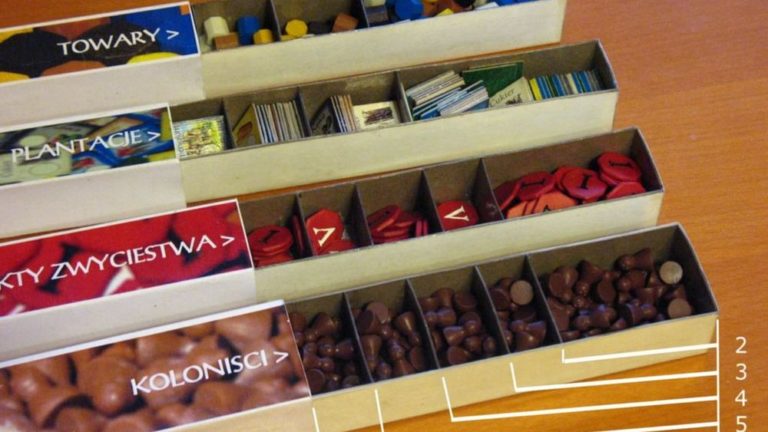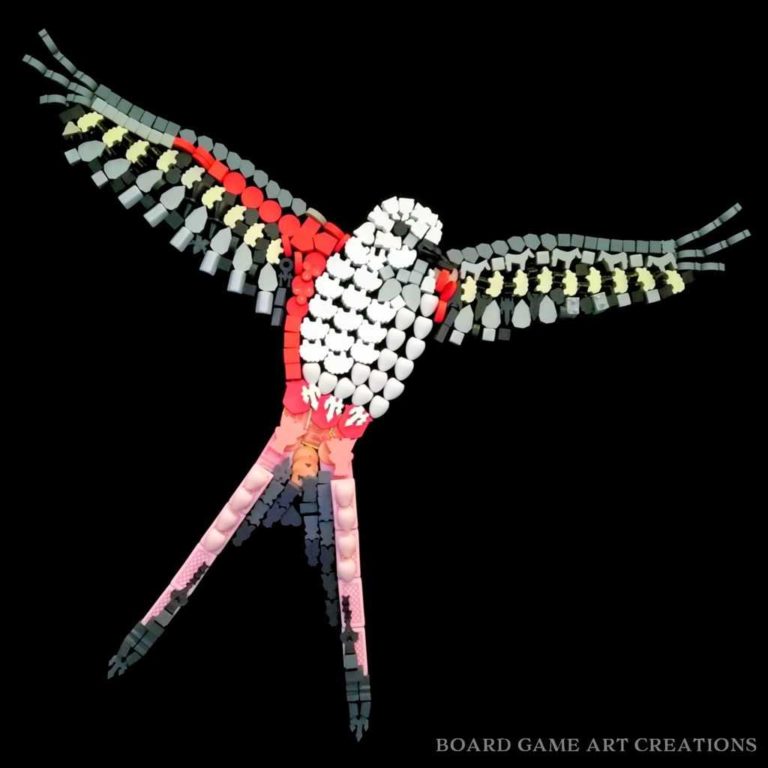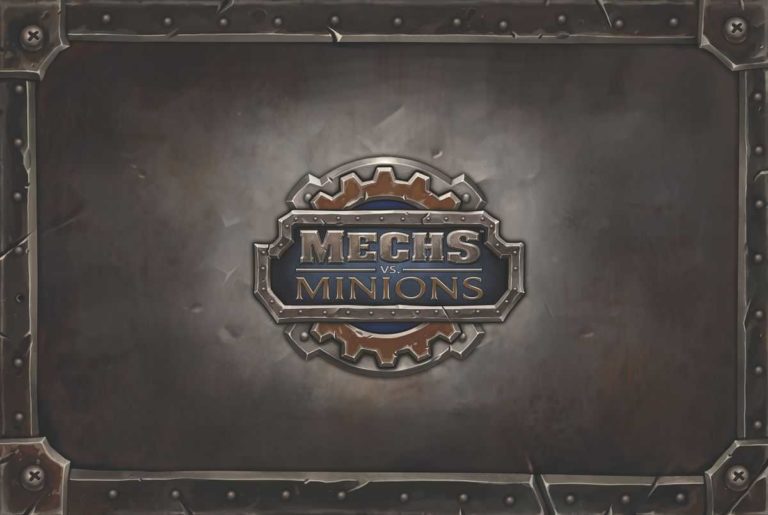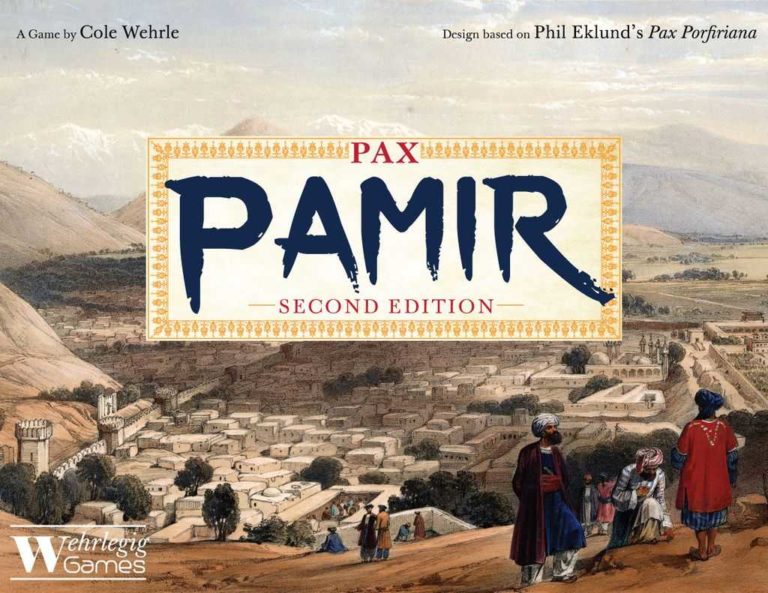Engaging Pandemic Legacy: Season 1 Review
Engaging Pandemic Legacy: Season 1 Review
Do you remember that exhilarating feeling of saving the world with your friends during a nail-biting session of Pandemic? Now, imagine that thrill intensified, woven into a progressive narrative where your every decision carries over to a cascade of subsequent games – welcome to the captivating world of Pandemic Legacy: Season 1. I still recall our first encounter with this beast of a game. It was a Friday night, somewhat chilly outside, the perfect setup for what would become a legacy of gaming sessions. We were wide-eyed enthusiasts of cooperative games, but nothing had prepared us for the journey we were about to embark on.
Key Points:
- Pandemic Legacy: Season 1 is a progressive narrative game where every decision carries over to subsequent games.
- Crafted by industry luminaries Rob Daviau and Matt Leacock, it turns the traditional pandemic containment into a dynamic year-long saga.
- It introduces the legacy format, where physical changes to the game occur as you play.
- The game components are of high quality and contribute to the overall immersive experience.
- The game offers a unique blend of storytelling, immersion, emotional impact, and strategic depth.
- It encourages social interaction and teamwork, forging deeper connections among players.
- Pandemic Legacy: Season 1 is suitable for new players and offers a unique experience based on the decisions and outcomes of the game group.
- Once completed, the game cannot be replayed in the traditional sense due to the permanent changes made during play.
- The legacy aspect increases the game’s difficulty progressively as choices have long-term impacts on future gameplay.
- There are sequels to Pandemic Legacy: Season 1, providing expanded narratives and new gameplay experiences for those looking to continue the adventure.
In this Pandemic Legacy: Season 1 review, I’m delving deep into the guts of what makes this game a masterpiece and where it might divide opinions. Over the years, I’ve stumbled across an impressive array of board games, but only a handful have truly reshaped my gaming landscape – this is undoubtedly one of them. My relationship with board gaming has evolved with every new mechanic learned and every twist experienced in the heat of play. This game, though, isn’t just any game; it’s an episodic adventure that unravels and reinvents itself right before your eyes – prime evidence that we’re living in the golden age of board gaming.
Some might call it a morality play; others, a strategic mindbender. But as you and I take it to the table, the verdict has been unanimously clear: it’s pure, unadulterated fun mixed with intense dedication. Let’s rev up our engines, ready our minds, and reminisce about those moments – be they triumphs or glorious failures – that make Pandemic Legacy: Season 1 such an unforgettable experience.
Unveiling Pandemic Legacy: Season 1
As we unfold the universe of Pandemic Legacy: Season 1, it’s like opening a Pandora’s box of boundless potential and profound narratives. Crafted by industry luminaries Rob Daviau and Matt Leacock, Season 1 turns the traditional pandemic containment into a dynamic year-long saga. The very fabric of the game you know and love is torn apart, stitched back together, and embellished with new elements that will surprise newbies and veterans alike. There’s a palpable sense of adventure that lingers, as each month in the game brings forth fresh surprises and challenges that alter the trajectory of your so-called ‘routine’ epidemic control efforts.
The Premise of Pandemic Legacy
Pandemic Legacy: Season 1 is an exercise in endurance and adaptability, wrapping players in a gripping tale of a year-long battle against virulent diseases. The premise remains faithful to the original – with players banding together as specialists aiming to eradicate four diseases before they decimate humanity. This plot simmers with urgency, dictating the momentum of your strategic maneuvers and alliances.
But as any seasoned gamer will tell you, the devil is in the details, and it’s the details where Pandemic Legacy shines. Think of it as a scripted TV series in a box, where each episode draws you deeper into its intricacies. Each month in-game time translates to a new session for the players, often accompanied by new objectives and unforeseen hurdles. The tension as you unfold each layer of the story is akin to cliffhangers that keep you itching for the next playthrough – it’s interactive storytelling at its best, redefining what a boardgame can be.
Pandemic Legacy: Season 1 is an interactive storytelling experience that simulates a year-long battle against virulent diseases, offering a gripping and urgent plot that draws players deeper into its intricacies.
The Unique Legacy Format
Enter the realm of the legacy format – a daring, almost revolutionary style of play where physical changes to the game occur as you play. Pandemic Legacy introduces a spectacular evolution of dynamic gameplay that echoes through future sessions like ripples in a pond. At first glance, it’s a blank canvas, but with each stroke, the picture changes, grows, and sometimes distorts into something entirely unlike what you started with.
Here’s the catch: as you apply stickers, tear up cards, and unveil sealed packets, you’re not just playing; you’re authoring your unique version of the game. This form of play is an intriguing concoction of permanence and transformation – it’s game evolution personified. Thanks to the Legacy system’s ingenuity, your prowess and follies as a team write your own board gaming mythology. It’s daring, it’s intrepid, and it turns a series of game nights into a cohesive, enduring experience – paving the way for memorable gaming sagas that you and your partners in strategizing will fondly look back on.
Diving into the Gameplay
When you first set eyes on the Pandemic Legacy: Season 1 box, it’s hard not to feel a surge of anticipation. The familiar framework is there, yet there’s a palpable hint that something’s different. Diving into the gameplay means not only revisiting a cherished classic but also embracing the layers of innovation that recast every move you make.
Setting Up for the First Time
Opening the box for the first time was an experience akin to a child’s first gaze upon a treasure chest. The components lay neat and untouched, the future of our pandemic-ridden world clinched tightly within. It took us a moment, between excited chatters and conjectures, to start setting up, arranging the board – a canvas waiting to be marked by our triumphs and tribulations.
Set-up is fundamentally similar to the base game with a devious twist: certain elements are locked away, bound to reveal themselves only when the time ripens. These mystery packages, adorned with instructions on when to open them, added a layer of allure and suspense to our unfolding narrative. There was a sense of earnest camaraderie as we, with bated breath, peeled open the first dossier, completely unaware of how this game would become interwoven with our gaming lore.
The mystery packages and locked elements added allure and suspense to our unfolding narrative, creating a sense of earnest camaraderie as we embarked on this new gaming adventure.
Progression and the Legacy System
Playing Pandemic Legacy: Season 1 is like trekking through a dense, ever-changing jungle. The path – the basic mechanic of curing diseases – is familiar, but the Legacy system introduces a labyrinth of diverging routes that evolve with every step taken. Repercussions of past games loom over you, modifying the game’s ecosystem and your strategies like an unpredictable climate.
Here’s how it works: victories or failures from one session bleed into the next, amassing changes that sometimes feel like blessings and other times like looming disasters. This ongoing storyline transforms your interactions with the game, demanding a new breed of decision-making ‘on the fly.’ The charm of Pandemic Legacy lies not just in the race against infectious outbreaks, but in the sustained impact of your team’s legacy – every card torn, every sticker placed, every character lost or saved becomes etched into your collective memory, shaping the destiny of the world you fiercely protect.
The Evolution of Rules and Objectives
The evolution of rules and objectives in Pandemic Legacy can be best described as an unpredictable dance – one step familiar, the next novel. The rules you begin with are not the rules you end with, and the objectives that drive you morph with cunning unpredictability. The beauty of it is in its design; a meticulous complexity that ensures your gaming experience is organic, and every session, unique.
As you progress, the game bestows upon you new roles, fresh upgrades, and modified conditions that challenge even the most seasoned strategists. Ripping up a card after it’s served its purpose is not just an act, it’s a statement, a physical affirmation that your game has irrevocably changed. This living rulebook, this malleable script, demands you to adapt, to evolve, and to overcome obstacles you scarcely imagined when you first laid out the board.
Component and Design Analysis
While it’s the rousing escapade that draws you to Pandemic Legacy: Season 1, the tangible elements – the componentry and design – deserve their own moment in the spotlight for how they contribute to the overall experience.
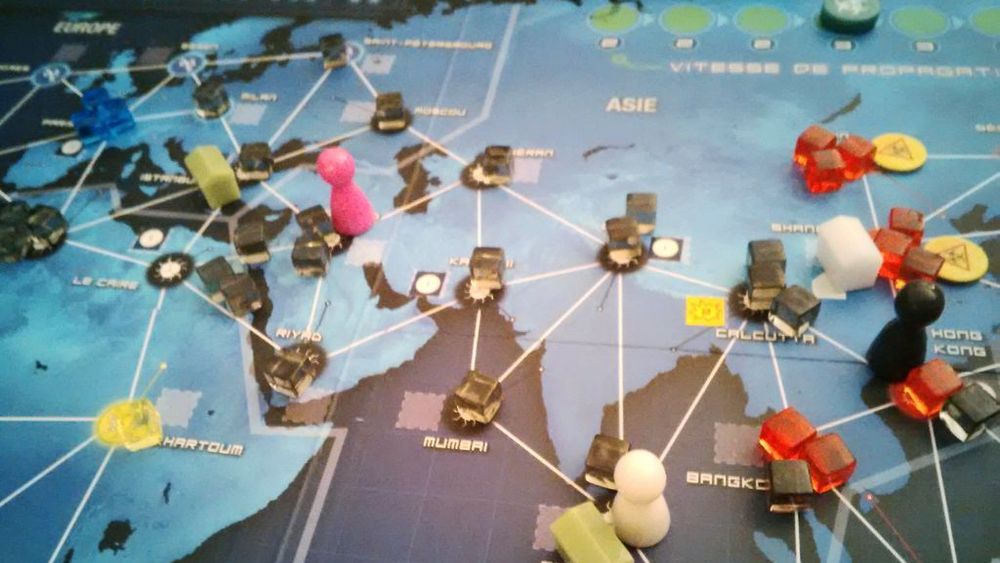
Quality of Game Components
Once you dive into the box, the quality of the game components sets the stage for immersion. From the meticulously crafted pawns to the robust disease cubes, there’s a tangibility to handling the pieces that makes the danger to humanity feel all the more real. It’s clear that the components were designed to withstand the wear and tear of a 12-month-long campaign.
The way these components fit into the larger tapestry of gameplay can’t be overstated. Durable cards handle constant shuffling and passing around, while sturdy boxes hold secrets tight until they’re meant to be revealed. This attention to detail allows the physical aspects of the game to disappear into the background, so you can focus on what really matters – the unfolding drama on the board.
The quality and durability of the game components allow for a more immersive and engaging experience, letting players focus on the unfolding drama of the game.
The Artwork and Visual Appeal
To say that the artwork and visual appeal of Pandemic Legacy: Season 1 are impactful would be an understatement. The board itself is a vibrant hub, outlined with connections and possibilities, anticipating the spread of both disease and cures. It’s a familiar sight, yet still inspires awe each time it’s unfurled.
Moreover, the visual storytelling is vivid, capturing the tension and despair of a planet in peril. Character cards aren’t mere tools; they evolve into portraits of heroes as they gain scars and honours marking their service to humanity. The game stickers, meanwhile, are not just functional modifiers – they’re medals of your progress and totems of mishaps. The visual elements of this game aren’t just aesthetic; they are intrinsic to the emotional tapestry it weaves.
The Narrative Experience
With every move, with every decision in Pandemic Legacy: Season 1, you’re not just pushing cubes or playing cards – you’re writing the next chapter of an epic saga.
Storytelling and Immersion
As someone who adores the intricacies of game design and narrative depth, I can’t help but marvel at the level of storytelling and immersion Pandemic Legacy offers. The game mechanics serve as a narrative engine, driving forward a storyline that intertwines with your gameplay decisions creating a palpable sense of ownership over the story’s trajectory.
What struck me the most was the game’s ability to weave personal narratives through its mechanics. Through every triumph and setback, you witness the growth of your character and the evolution of the world around you. The emotional investment is natural, almost effortless, as the stakes escalate and decisions become agonizingly significant. The challenges we faced were not just logistical but existential, forging a connection with the game that went beyond mere entertainment.

Emotional Impact and Attachment
The emotional roller coaster that is Pandemic Legacy: Season 1 can’t be overstated. Moments of triumph were met with cheers, bordering on the euphoric, while the despair of defeat often hung in the air, heavy with the thoughts of what could have been.
This attachment, this investment of emotion into a board game was something I hadn’t quite experienced to this degree. Each character became more than just a pawn; they were avatars of our persistence, bearers of our shared fate. The narrative stitched into our game’s very fabric meant that losses were mourned, victories celebrated, and the story that unfolded was ours, and ours alone. As we ventured deeper into this world, it became clear that what we were creating was not just a game – not just a campaign – but a shared memory, a legacy to reminisce about for years to come.
The emotional investment and shared experiences in Pandemic Legacy: Season 1 created a lasting and meaningful legacy for the players.
Strategic Depth and Replayability
Pondering the strategic depth and replayability of Pandemic Legacy: Season 1 reveals a complex, multifaceted gem of game mechanics and design foresight.
Decision-Making and Strategy
Board gaming, for me, is like a dance of minds, and a game like Pandemic Legacy embodies this beautifully. Each session requires a tableau of thought-out decisions and strategies where the stakes feel real and immediate. Unlike some other cooperative games, I’ve found that Pandemic Legacy doesn’t merely feel like solving a puzzle by committee; it feels more like a compelling narrative in which you’re constantly weighing the potential long-term consequences of your actions. Friends and I have spent countless turns in heated debates over the optimal move, acutely aware that our choices could have lasting effects on future games.
It’s a cerebral rollercoaster where player agency genuinely matters. You’re not just reacting to the board state as it stands but actively shaping the course of an ongoing campaign. This strategic depth keeps you invested because it’s inherently tied to the unfolding story. Remember that time when we decided to fortify an outpost instead of curing a disease and it paid off in later games? That was a turning point in our campaign and highlighted the sheer strategic brilliance this game offers. It’s these moments that elevate Pandemic Legacy beyond a mere activity and into an immersive, choice-driven odyssey.
Variability and Longevity of the Game
The shelf-life of a board game is a hot topic among enthusiasts, and Pandemic Legacy does something rather unique with its approach to variability and longevity. On one hand, the fact that the game changes permanently as you play – with stickers, torn up cards, and written notes – might seem to limit its replayability. However, the intricate branching path the game can take ensures a highly variable experience. Playing through the campaign felt like unveiling an intricate tapestry where each strand influences the whole picture.
Despite some concerns that the game might not invite repeated play, the journey itself is so richly rewarding. After all, how many games truly evolve with you? Each session felt fresh, offering new puzzles to solve and obstacles to overcome. And yes, once your campaign has concluded, the game can’t be reset like others. But as I like to say, some meals are meant to be savored once, leaving lasting memories – and this is one such grand feast. It’s like reading a gripping novel; you might know the ending after the first read, but the experience itself is unforgettable and often the discussions and bond formed with fellow players during the game endure far beyond the final play.
Pandemic Legacy offers a unique and evolving experience that may limit replayability but provides a rich and rewarding journey, much like savoring a grand feast or reading a gripping novel.
Social Interaction and Teamwork
Social interaction and teamwork are the lifeblood of Pandemic Legacy. This is not just a game for me; it’s been a remarkable way to forge deeper connections with friends. The immense satisfaction of piecing together a winning strategy through collective brainpower is unparalleled. It’s about the camaraderie, the shared victories, and the agonizing defeats. In a way, the game becomes a vessel through which player relationships are tested and strengthened.
Communication and Collaboration
Playing Pandemic Legacy has always underscored the importance of clear communication and the art of collaboration for me. Whether it was that intense night when we were one turn away from eradicating a disease or the silence filling the room as we faced the consequences of a mistake, this game taught us to express our ideas effectively and to value each other’s input. The role of a facilitator often naturally emerged among us, helping to balance discussions so that every voice was heard.
One of the standout moments was when we faced a particularly brutal month, and despite the tense atmosphere, teamwork was our lifeline. It was crucial to collectively prioritize tasks and determine who would be most effective in each role. In those sessions where we managed to synthesize our thoughts into a flawless machine of disease-battling efficiency, the sense of triumph was second to none. This game isn’t just about the mechanics on the table; it’s about the synergy among the players, and that’s where its beauty lies.
The Role of Player Dynamics
Player dynamics in Pandemic Legacy can be as unpredictable as the game itself. Each player brought a unique decision-making style to the table, coloring not only our strategies but the game’s narrative. Some of us preferred a cautious approach, methodically planning several turns ahead, while others thrived in the adrenaline rush of responding to immediate crises. This mix of personalities means each campaign is a tapestry woven from the threads of individual styles.
I’ve noticed that player dynamics can even shift throughout the campaign. Early in the game, one may take charge, leading the group with a strong vision. However, as the stakes rise and the challenges become more complex, leadership can organically shift to others. It’s a microcosm of relationship dynamics, allowing strengths, weaknesses, and even growth to shine through in the context of a cooperative board game. It’s these human elements that elevate the experience, creating memories and stories that stick with players long after the box is closed.
Player dynamics in Pandemic Legacy are unpredictable and can shift throughout the campaign, creating a tapestry of individual decision-making styles that mirrors real-life relationship dynamics.
Comparison with Other Legacy Games
Pandemic Legacy vs. Other Legacy Titles
When holding Pandemic Legacy up against other legacy games, there’s an instant recognition of its trendsetting role within the genre. It wasn’t the first legacy game, but it certainly played a monumental part in popularizing the format. The way it interweaves an evolving narrative with its core mechanics sets it apart. While other legacy titles offer their twists and turns, Pandemic Legacy has a way of making each action feel impactful on a global scale within its world.
Comparing it to its peers, I’ve always admired how Pandemic Legacy encourages players to dramatically alter the game’s physical components. Sure, it can be gut-wrenching to tear up a beloved character card, but it also adds a unique weight to decisions that other legacy games may not fully replicate. Each playthrough is a commitment and, unlike some of its contemporaries, it demands your ongoing attention with its ever-evolving challenge.

Innovations and Standout Features
In the world of board games, it’s not just about playing; it’s about being immersed in an experience – and Pandemic Legacy is a masterclass in this. The innovation lies not in a single element but in how the components, narrative, and mechanics harmonize to create an experience greater than the sum of its parts. The legacy system itself, a shining example of innovation, imbues the game with a sense of progression and palpable tension that’s hard to find elsewhere.
From the very first box we opened, revealing new components that would change our game forever, to the thrill of applying the first irreversible sticker on the board, the standout features of Pandemic Legacy are the memories we made. Through its narrative twists, it manages to achieve what many games aspire to but few accomplish: making players genuinely care about the outcome of their decisions. The sinking feeling when an outbreak spreads too far or the exhilarating cheer when a plan comes together is testament to the game’s powerful design.
FAQs
1. Is Pandemic Legacy: Season 1 suitable for new players to the Pandemic series?
Pandemic Legacy: Season 1 is definitely suitable for new players to the Pandemic series. It introduces the core concepts of Pandemic in a way that is both engaging and manageable, even for those without prior experience. As the campaign progresses, it gradually layers on additional mechanics, allowing players to learn and adapt as they go.
2. Can Pandemic Legacy: Season 1 be replayed after completion?
Once Pandemic Legacy: Season 1 is completed, it cannot be replayed in the traditional sense due to the permanent changes made during play. However, each campaign will be a unique experience based on the decisions and outcomes of your game group.
3. How does the legacy aspect affect the game’s difficulty?
The legacy aspect increases the game’s difficulty progressively as choices have long-term impacts on future gameplay. This adds a level of strategic depth, as players must consider the immediate and extended consequences of their actions.
4. Are there any expansions or sequels to Pandemic Legacy: Season 1?
Yes, there are sequels to Pandemic Legacy: Season 1, providing an expanded narrative and new gameplay experiences for those looking to continue the adventure.
Conclusion
Reflecting on this Pandemic Legacy: Season 1 review, what stands out most is the journey. This board game is more than just a pastime; it’s a shared adventure that tests friendships, strengthens bonds, and leaves an indelible mark on those who play it. As someone deeply passionate about board games, I can confidently say that Pandemic Legacy: Season 1 is a remarkable achievement in game design that pushes the envelope on what a board game can be.
In a landscape of numerous titles vying for attention, this game’s ability to marry a captivating narrative with tangible strategic depth is extraordinary. For the fervent strategy enthusiast or the casual family gamer looking for an unforgettable experience, I wholeheartedly recommend embarking on this adventure. So, have you had that heart-pounding moment of triumph or a crushing defeat in Pandemic Legacy: Season 1? Share your stories, and let’s remember why we gather around the table: for the love of the game.
With that, I’ll sign off on this Pandemic Legacy: Season 1 review. Until our paths cross at the gaming table, keep playing, keep exploring, and keep creating those irreplaceable memories with your fellow gamers. Farewell, and may your next campaign be as thrilling as the worlds we bring to life through play.
Lucas
More Boardgame Reviews:
This article uses material from BoardGameGeek and is licensed under the Creative Commons Attribution-Share Alike License.


